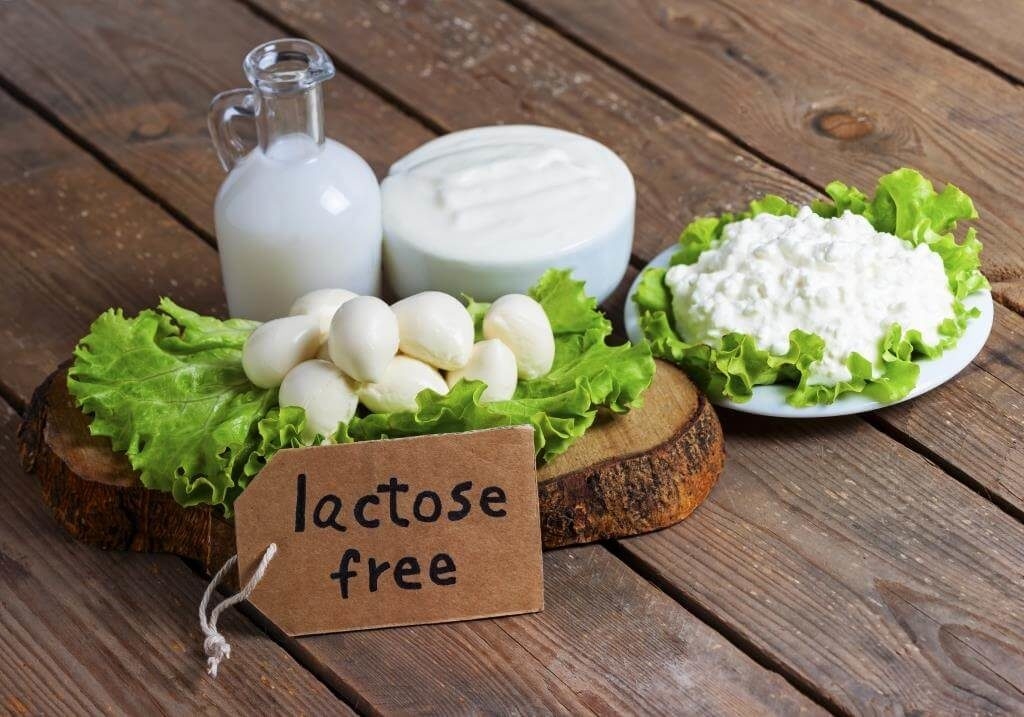The lactose free food market has been gaining significant traction driven by the rising prevalence of lactose intolerance among the global population. Lactose intolerance is a digestive condition in which the body has difficulty breaking down and absorbing lactose, the natural sugar found in milk and dairy products. According to studies, over 65% of the global population has a reduced ability to digest lactose after infancy. Lactose free foods offer consumers with milk allergies and lactose intolerance the opportunity to gain nutritional benefits without associated gastrointestinal symptoms. Common lactose free food options include lactose free milk, yogurt, ice cream, cheese, and baked products. The demand for these foods is driven by the need for easy-to-digest, dairy-based nutrients.
The Global Lactose Free Food Market Size is estimated to be valued at US$ 18.73 Bn in 2024 and is expected to exhibit a CAGR of 4.5% over the forecast period 2024 to 2031.
Key Takeaways
Key players operating in the lactose free food market are Cargill, Inc., Galaxy Nutritional Foods, Inc., Green Valley Organics, Edlong Dairy Technologies, Parmalat SpA, Valio Ltd., Alpro, OMIRA Oberland-Milchverwertung, Crowley Foods, Arla Foods., Danone SA, General Mills Inc., Fonterra Co-operative Group Limited, Kerry Group PLC, Emmi AG, WhiteWave Foods, Barry Callebaut AG, HP Hood LLC, Valio Ltd, Daiya Foods Inc.
Key opportunities in the market include growing investments into expanding product ranges and launching new variants of lactose free dairy and baked products. Rising number of people with milk allergies and lactose intolerance is opening up opportunities for new product development.
Technological advancements such as enzyme technology for producing lactose free dairy are helping address the needs of lactose intolerant consumers. New production processes enable the complete removal of lactose from milk to make it easily digestible.
Market drivers
The primary market drivers include the increasing global prevalence of lactose intolerance due to genetic factors. As per studies, nearly 65% of the world’s adult population has a reduced ability to digest lactose after infancy. This growing target population base looking for lactose free options is driving the market growth. Another key factor is the availability of lactose free substitutes offering equivalent nutrition without the digestive discomfort. Wide product ranges available across supermarkets are making it more convenient for people to adopt lactose free diets. Growing nutritional and health knowledge regarding dairy alternatives is further supporting the market demand.
Current Challenges in Lactose Free Food Market
The lactose free food market is facing several challenges currently due to various factors such as increased awareness about lactose intolerance among consumers across globe, prevalence of lactose malabsorption, and rising demand for dairy alternative products. However, higher prices of lactose free products as compared to regular dairy products is a major challenge. Also, limited product offerings and availability of lactose free foods in developing regions pose another challenge for market players. Ensuring freshness and long shelf life of lactose free products without compromising on taste and nutrition is another crucial challenge for lactose free food manufacturers and brands.
SWOT Analysis
Strength: Wide range of product offerings such as milk, yogurt, ice-cream etc in lactose free segment. Growing health consciousness among consumers driving demand.
Weakness: Higher prices of lactose free foods act as a deterrent for many consumers. Limited availability in developing regions.
Opportunity: Scope for new product innovations and line extensions. Rising incidence of lactose intolerance presents an opportunity.
Threats: Threat from dairy substitutes like plant-based milk and meat alternatives. Stringent regulations associated with ‘lactose-free’ label claims.
North America currently accounts for the largest share in the global lactose free food market in terms of value due to high consumer awareness levels about lactose intolerance and willingness to pay premium prices. The US and Canada dominate the North America regional market. Europe is another major regional market supported by growing health consciousness among consumers. However, the Asia Pacific region is projected to witness the fastest growth during the forecast period owing to increasing lactose intolerant population, rising living standards, and growing health concerns. China, India and other Southeast Asian countries are identified as key emerging markets.
In terms of value, the lactose free food market is highly concentrated in developed regions of North America and Europe currently. However, Asia Pacific region especially countries like China, India, Japan and South Korea are expected grow at the fastest pace during the forecast period from 2024 to 2031. Rising lactose intolerant population coupled with increasing health awareness and western influence on food habits in Asia is boosting the demand for lactose free products in the region.
*Note:
1. Source: Coherent Market Insights, Public sources, Desk research
2. We have leveraged AI tools to mine information and compile it




